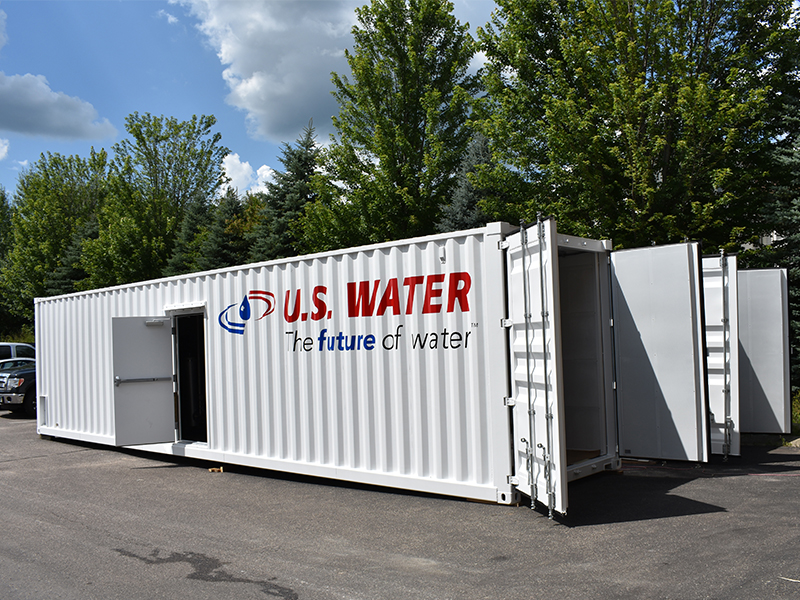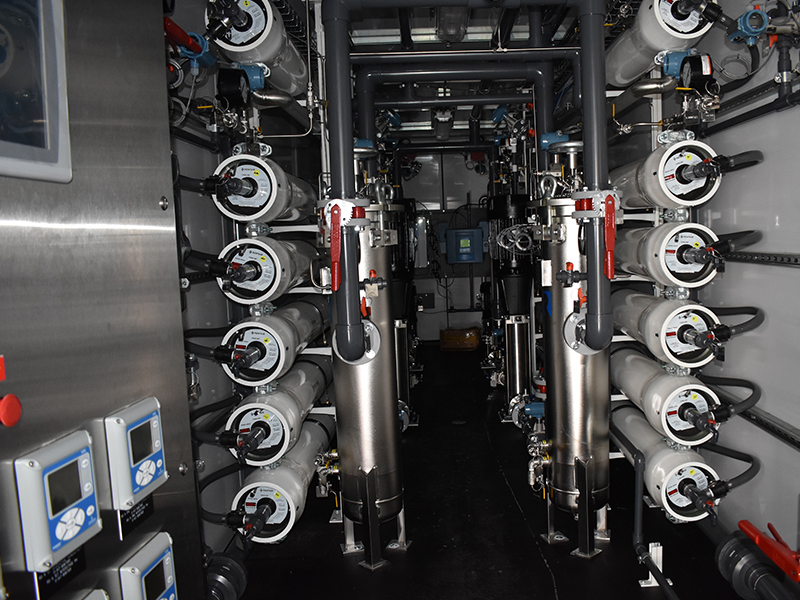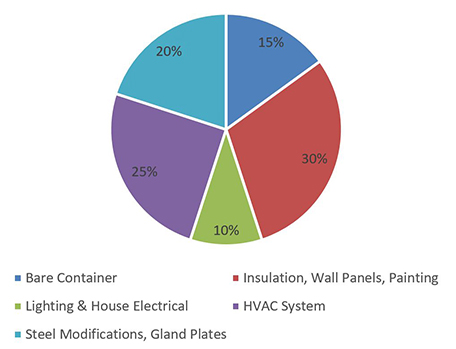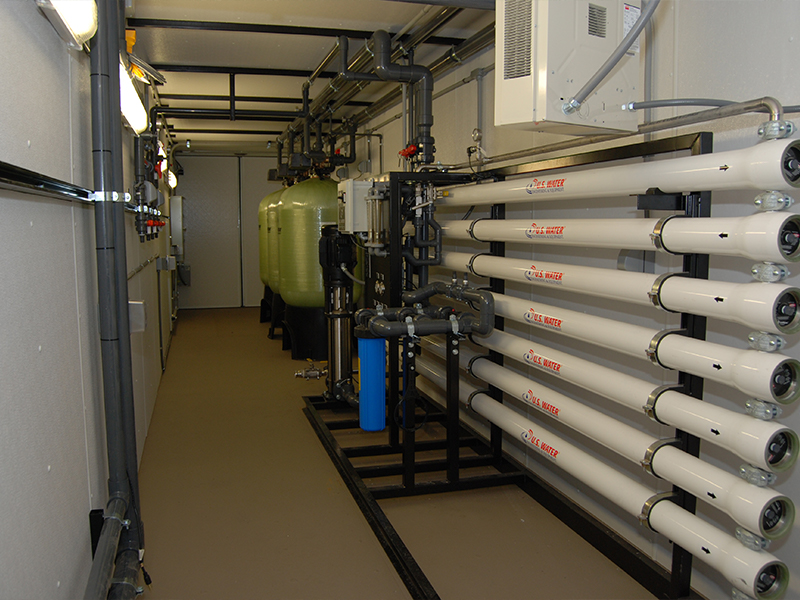Water Treatment
Is a containerized treatment system right for you? 29th January 2019
By Jared Galligan, Director of Capital Projects at U.S. Water
Jared Galligan, Director of Capital Projects at U.S. Water, explains how a focused evaluation of needs and expectations of water t

There are several container systems used today. The most commonly used is industry standard ISO shipping containers (pictured). Available in lengths from 20’ to 53’, shipping containers are comparatively low cost, abundant, easy to transport and rugged. The second most common style is a fabricated steel enclosure, built to specific project dimensions. Although they require longer lead times and are often two to three times more expensive than shipping containers, fabricated enclosures offer the conveniences of a field erected building while still being shop constructed.
A major advantage of any containerized treatment system is that many site design requirements can be incorporated. Shipping containers designed for more complex systems can accommodate modifications for doors, windows, access hatches, connection gland plates, etc, while non-industrial facilities’ (municipalities, parks, schools) preference or wooden or vinyl building material requests can also be met. Based on treatment needs, modular, skidded type treatment systems like reverse osmosis (RO; pictured), nanofiltration (NF), ultrafiltration (UF), chemical feed and pumping systems are well suited to be installed in a container. Some of the most common elements of containerized water treatment systems include:
 Convenience lighting and electrical receptacles
Convenience lighting and electrical receptacles- Additional man doors
- Noise insulation
- Chemical storage and containment
- Chemically resistant floor and wall coatings
- Safety showers
- HVAC systems
- Lab testing area
- Hazardous location rated electrical equipment
- Centralized electrical and controls systems.


As plant’s look beyond the initial installation costs and timelines, they often discover the greatest drawback to a containerized system – maintenance. While a traditional water treatment building allows for overhead piping racks, cable tray, buried piping and standalone electrical equipment, space is the ultimate premium within a container. Simple maintenance activities like sensor calibration, filter replacement and completing operator logs are usually easy to complete with proper equipment routing. Medium complexity activities such as RO membrane replacement, instrument replacement or even filling chemical storage tanks can be difficult with the limited floor space. While replacing pumps and motors can be straightforward with an overhead lift or other means in a traditional building, their replacement in a containerized system can be very challenging. Often, unrelated piping, valves and instruments must be removed to permit access to those items needing repair or replacement. One way to increase the ease of maintenance activities is to increase the number of containers but again, it becomes a balance between containerization costs and traditional building installation costs.
Jared Galligan, P.E., Director of Capital Projects, U.S. Water, 12270 43rd Street NE, St Michael, MN 55376, USA
T: +1 866 663 7633
www.uswaterservices.com


